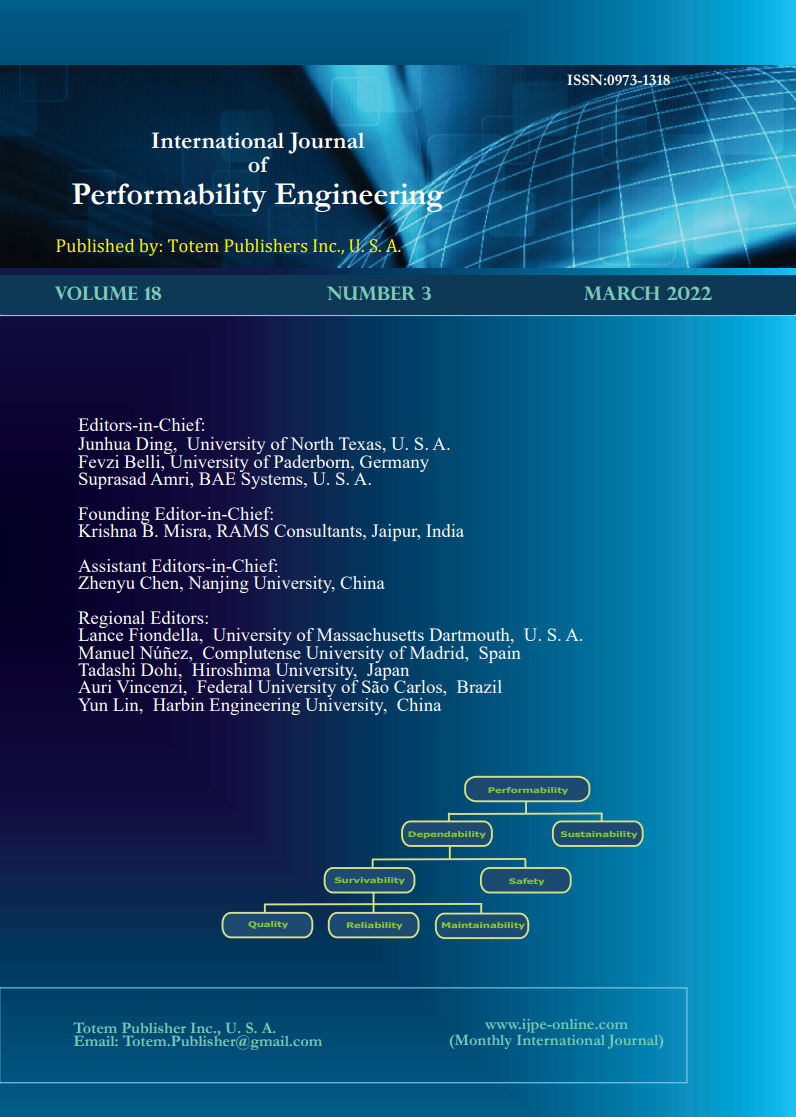-
Modeling of Pedestrians Travelling Behaviour (PTB) on Urban Environment for COVID-19 Pandemic using MLR Algorithm Analysis
- Badveeti Adinarayana and badweeti Kasinayana
-
2022, 18(3):
213-221.
doi:10.23940/ijpe.22.03.p7.213221
-
 Abstract
Abstract
 PDF (771KB)
PDF (771KB)

-
References |
Related Articles
In India, the state of Andhra Pradesh (A.P) is rapidly developing among all Indian states, and the environment and economy have suffered as a result of the COVID-19 attack in the year 2019. In the COVID-19 pandemic situations for urban environments, pedestrians travel with and without masks and without maintaining social distance. The objective of this research is to discover the impact of COVID-19 on pedestrian traveling behavior model using descriptive statistics analysis (DSA). To achieve these goals, pedestrian safety metrics and pedestrian model variables are assessed. The DSA methodology used in this study was chosen based on the study locations discussed in this research. The data was gathered through field observations in different areas of A.P, such as vegetable and fruit markets, temples, and travel destinations in various urban districts. Pedestrian safety metrics and pedestrian variables can be the total samples tested (TST) in number, confirmed cases (CC) in number, active cases (AC) in number, cured/discharged cases (CDC) in number, deceased cases (DC) in number, negative cases (NC) in number and deaths (DN) in numbers. Calibration and validation of the COVID-19 pedestrian sample of the model data is evaluated. The model results presented that pedestrian in the 18-39 age groups were the most affected by COVID-19, and the highest death rates were reported in the 50-64 and 65-74 age groups. The sequence of the further study will be continued.

